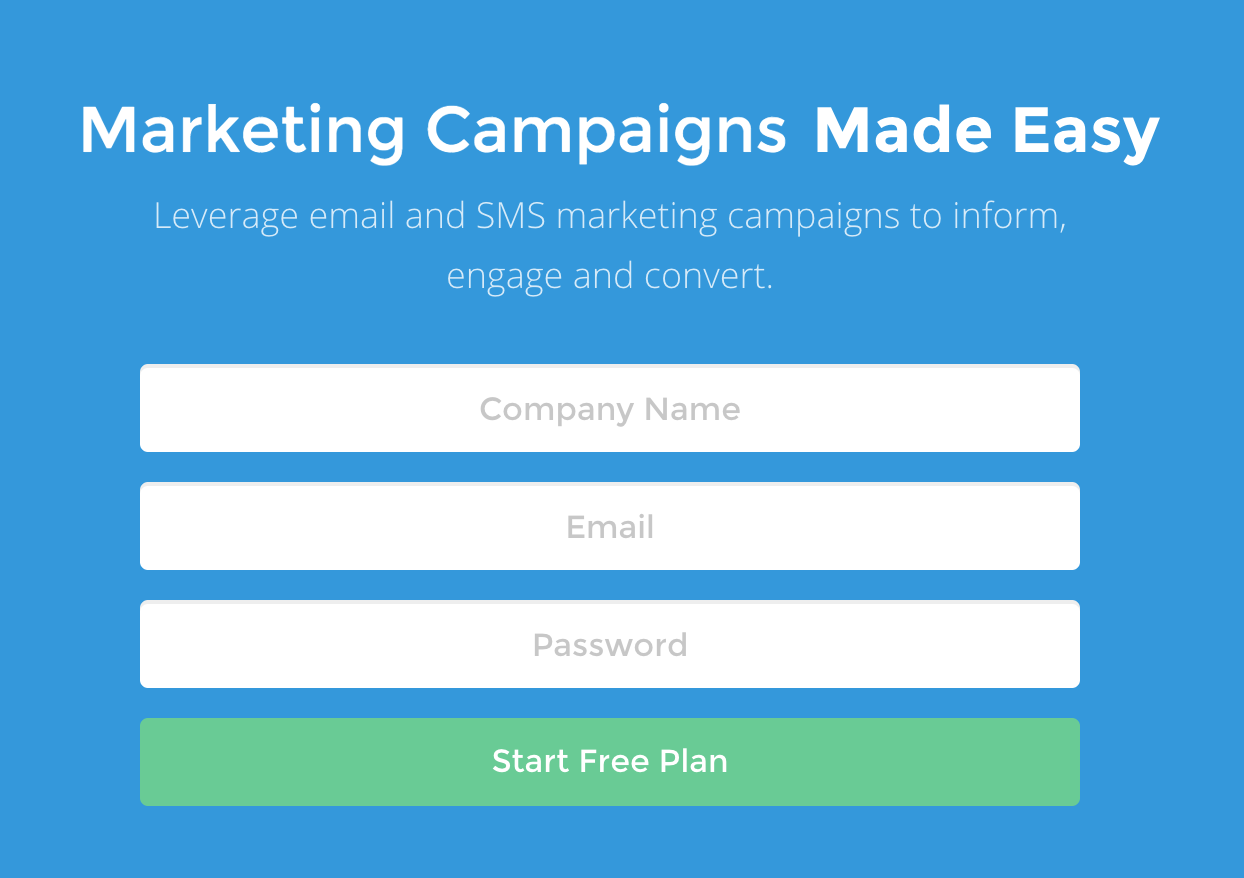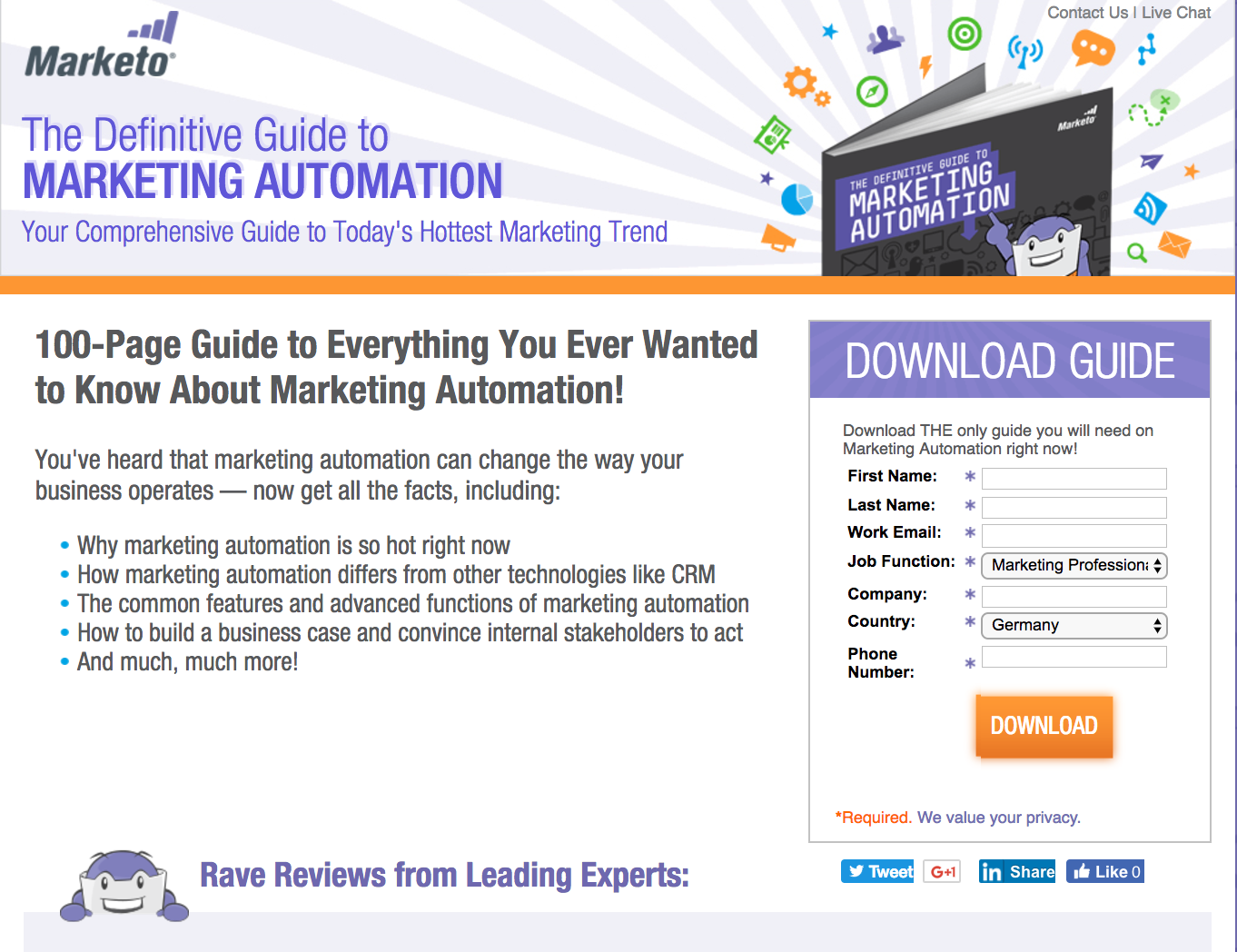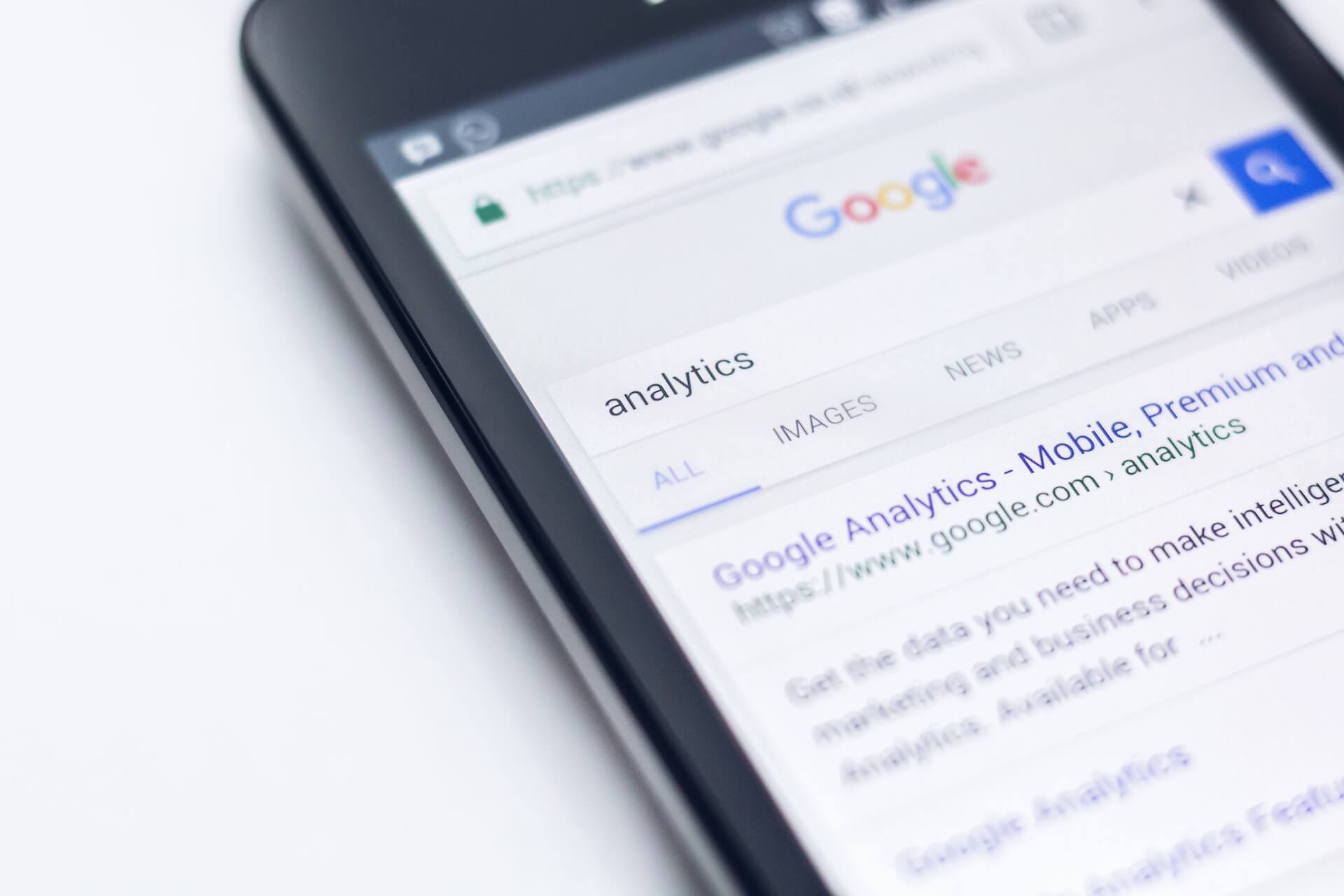At some stage, all SaaS businesses will start using AdWords to acquire customers.
As of today, if I type in ‘team messaging’ into Google, I see an ad for Slack:

Even viral products such as Slack turn to Adwords at some stage.
It makes sense that advertising on relevant keywords such as ‘team messaging’ will bring customers for Slack.
As BJ Fogg says, you most easily change behavior by putting “hot triggers in the path of people who are motivated to respond to those triggers”.
People are motivated enough to search for team messaging. These people will be likely to be successful with Slack.
Therefore, Slack advertises as we see above.
So far, so good.
If you want to learn how to best use Adwords itself, there are many, many books and courses and agencies that will help you with that. I won’t focus on how best to tweak the settings to squeeze the most performance out of Adwords in this article.
Instead, I’ll focus on the particular challenges that SaaS presents when using Adwords:
- You need to be able to track how well your cohorts of sign ups to your SaaS trial are converting into paying customers. You can’t easily see this in Adwords, so you have to get the data from your transactional database, a CRM or an analytics service such as Mixpanel.
- Secondly, you need to spend quite a bit to get enough data to make decisions on optimizations. If you have fairly low conversion rates along the various stages of the funnel, you’ll need 100s of trials and 10s of conversions for each campaign to get reliable data. That takes time and money.
- Even if you do the above, it’s
very hardimpossible to “close” the loop entirely in SaaS marketing and attribute every conversion to a particular campaign. The buying cycle is just too messy for that, especially for SaaS products that a large number of people will use.
Secondly, once you’ve mitigated these problems, you’ll be able to find out whether:
1. the math works out;
2. the math keeps working out when you expand and scale;
We’ll look at various approaches for using Adwords for you SaaS product, depending on your sales/marketing setup:
1. Low touch self-service SaaS
2. High touch sales-driven SaaS
3. Adwords as a Testing Channel
We’ll look at how to best monitor your performance over time and some criteria on whether Adwords is worth investing into right now.
Making Sure the Math Works Out
If you already have some data on your SaaS sales & marketing funnel, you can calculate whether the math works out:
Cost of Acquisition (CAC) = Cost per Click / (% of visitors signing up for the free trial * % of trials turning into customers)
Say you are paying 2 dollars for a click, 7.5% of visitors sign up for a free trial and 5% of those trials turn into customers, you’ll be on track for a cost of acquisition of $533.34.
You’re “paying” $533.34 for a customer.
I’d point out that you never actually “pay” for a customer. You pay N dollars for advertising and marketing, which later result in X customers. This is a very subtle difference that is really important to understand.
The result of this entire exercise is that you may well learn that Adwords is just not profitable for you. Famously, Dropbox found out that they were paying $233-$388 for a $99 product.
Particularly early stage startups will struggle to compete against established players in the Adwords game because they haven’t yet nailed a niche, don’t have an optimized marketing funnel and they don’t have deep enough pockets to pay steep customer acquisition costs upfront.
The Math isn’t as Clear Cut as It Sounds Above
The second issue is that all the variables in the above equation are very neat and simple. The assumption is that your conversion rates from signing up to the trial to becoming a paying customer will be constant, no matter the campaign.
But you’ll quickly find that these variables change. For example, ‘team chat’ might be a profitable keyword, but then you see an opportunity to get more sign ups by bidding on ‘group chat’ and the 100 trials from this keyword don’t convert at nearly the same rate into paying customers.
Most Adwords operators optimize for variables such as Cost per Click, Cost per Thousand Impressions or Cost per Trial or Lead, mainly because they are visible within Adwords.
However, these are intermediary objectives that often don’t correlate well with business goals.
For example, you may well find that a certain Adword Campaign delivers a lot of leads at a very low price per lead, but the leads never convert. Conversely, you might find that a source that delivers leads that seem quite expensive but convert well, so they’re still profitable.
A problem is that the sales cycle for SaaS is longer than in e-commerce. A 30-day trial period (considered very short compared to enterprise software) means you need to wait to find out the conversion rate for a particular Adwords campaign.
The problem is further compounded by the fact that you’ll need a certain amount of volume of leads or trial sign ups to accurately find out the conversion rate. For example, if you’d be happy with a 5% conversion rate, a 100 sign-ups will not be enough to give you an accurate read. The result is that you spend months waiting for enough data to come in.
Contrast this to e-commerce, where you can see sales almost instantly, and you can tweak the variables in Adwords to get more sales. The feedback loop is much tighter with e-commerce than with SaaS, the result being that Adwords for SaaS takes more time and money to optimize.
Common SaaS Playbooks for Adwords
I’ve seen two broad approaches to Adwords for Saas.
The first is a keyword optimized landing page leading directly into the product for low-touch software (think more basic email marketing software):

The second is offering an incentive such as a white paper or guide that provides context for the marketer on the topic (think more advanced software such as marketing automation). Once you give your email in return for the guide, the marketing funnel kicks in. You’re scored as a lead based on your subsequent actions on their site and your behavior. If you rank high, a sales rep may reach out to you and schedule a call.

Adwords as a Testing Channel
Adwords can play a role in testing your product-market fit and testing SEO plays.
Product Demo Recruitment
For example, if you feel that your chat service might be a great fit for customer support people, you could spend a limited amount of money to get the emails of a cohort of people looking for customer support solutions.
Then, you can schedule product demos for those people to find out whether your product will fit their needs.
Buy Before You Build
Secondly, if you want to rank high for competitive search terms, these days you need to invest a lot into high-quality content and then spend even more on promoting that content until it ranks. It’s a big investment, especially if you’re not 100% sure it will pay off. Adwords lets you ‘buy’ the top spot before you make the decision to ‘build’ in SEO.
Monitoring Your Performance
As I mentioned above, you can’t see the performance of your ads within Adwords easily, because you can’t easily track a conversion to paying customer within Adwords.
Therefore, you need to pull data from your transactional database, sales CRM or analytics tool such as Mixpanel to see the performance of each Adword campaign in terms of actual paying customers.
A dashboard overview with key KPIs across the funnel is very helpful.
Ideally, you break it down by campaign, because there can be significant differences between campaigns (branded versus non-branded keyword to give one example).
Deciding Whether to Start Using Adwords
For SaaS businesses, you can obviously get more business with Adwords, but it’s important to nail the analytics side of things, so you know what’s working and what isn’t. As we mentioned above, you need a certain scale before you can get enough data, so it’s not something that you can just spend 500 euros on and hope to get some answers.
For bootstrapped companies, Adwords can be a great way to acquire new customers within a large upfront investment so long as you carefully screen the sign ups (perhaps scheduling calls with them) to make sure they’re a good fit
For venture-backed SaaS, the picture is a little different. Investors don’t like being told that Adwords will solve the distribution of the product. It’s a sign in their eyes that the product isn’t a 10X improvement over the competitors. Therefore, like Slack above, Adwords will be a secondary channel at best.
